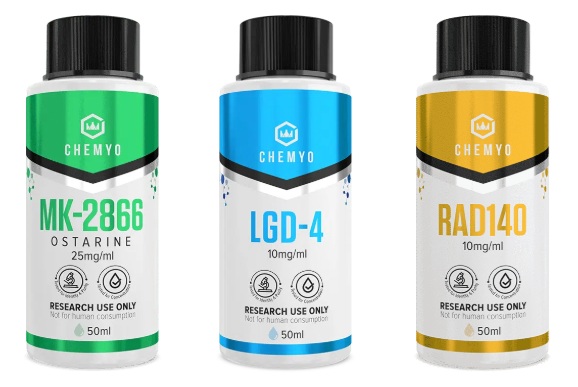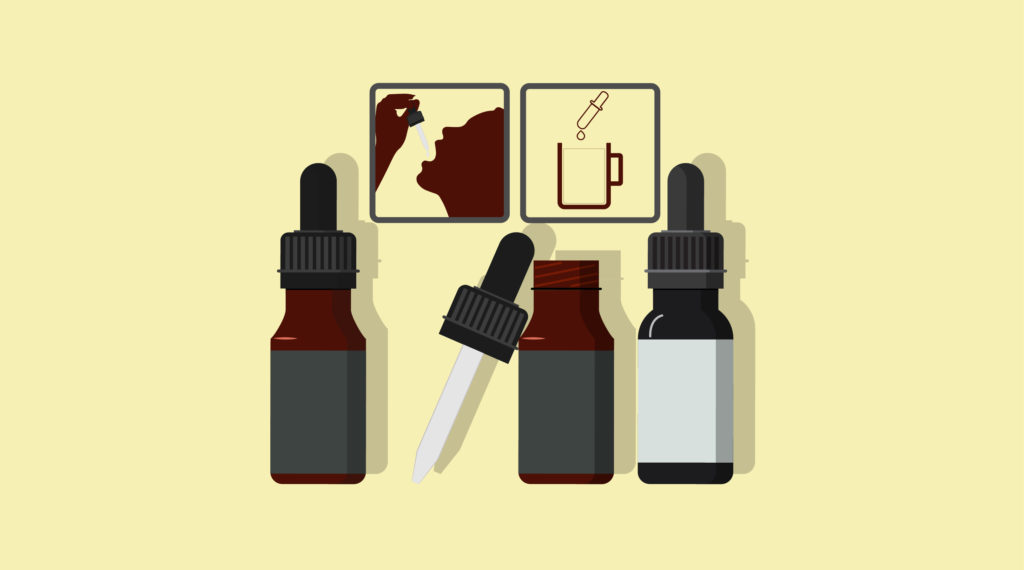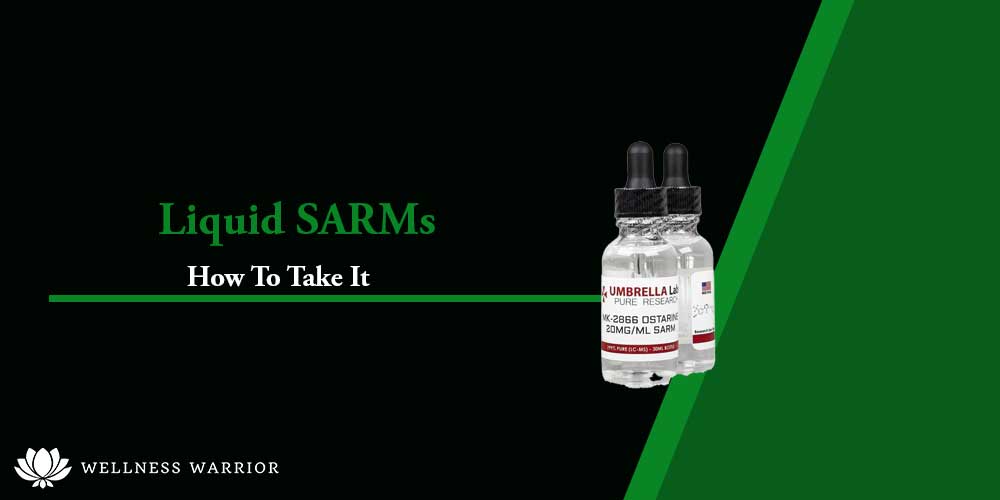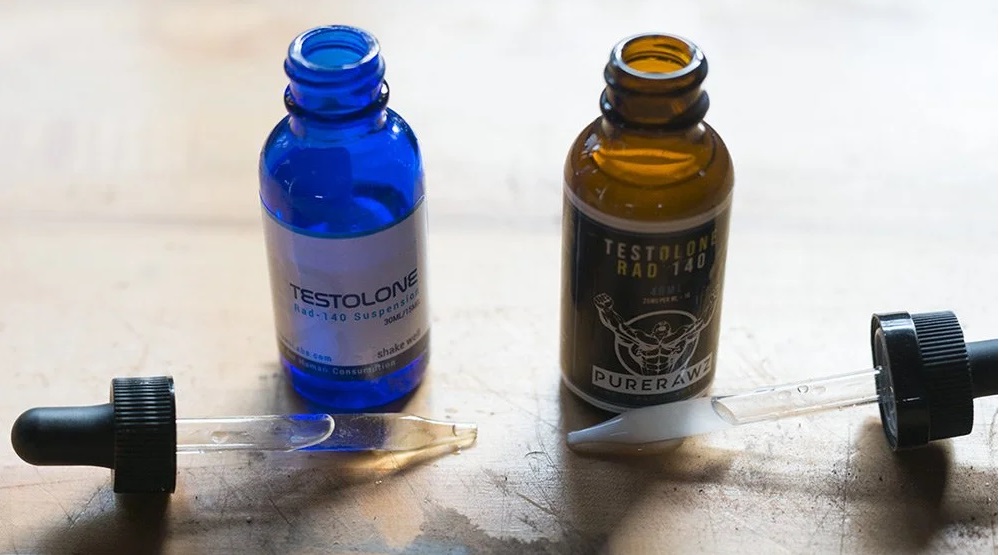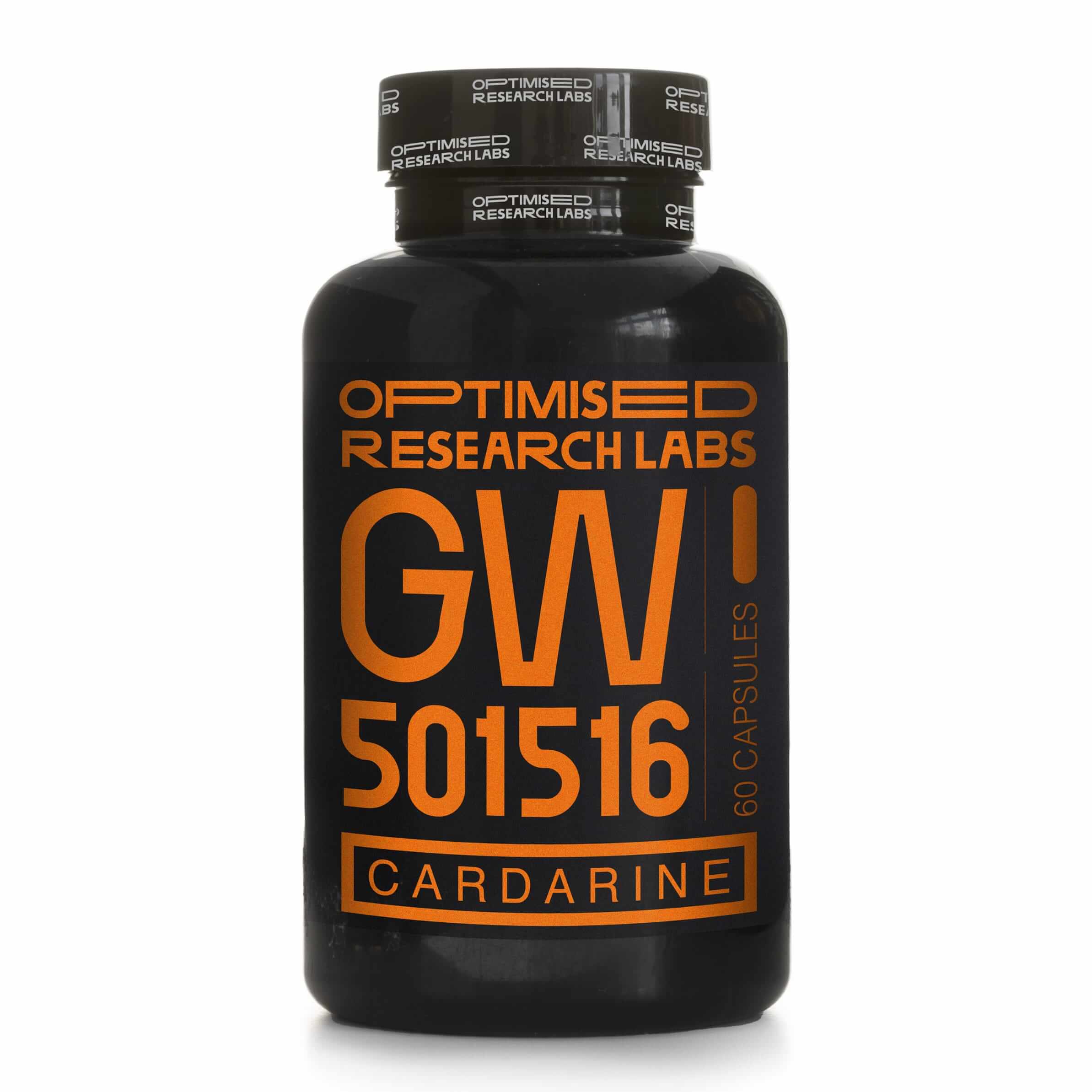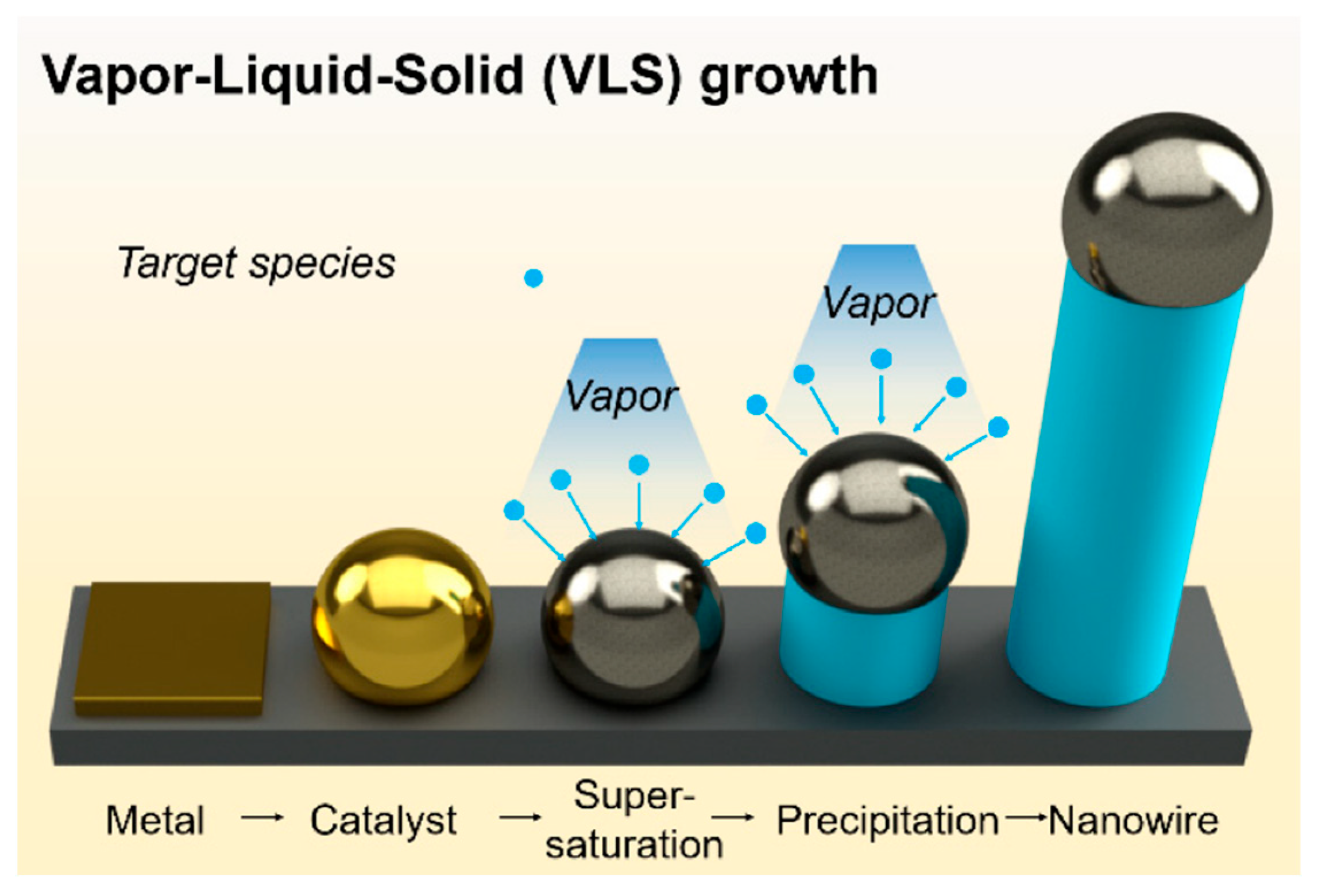What's The Difference In Liquid And Solid Sarms

Imagine a world where building muscle and losing fat felt less like scaling Mount Everest and more like a gentle hike in the park. This is the promise, or perhaps the allure, that surrounds Selective Androgen Receptor Modulators, or SARMs. But navigating the world of SARMs can feel like traversing a dense forest, especially when faced with choices like liquid versus solid forms. Which path leads to the desired destination, and which might lead astray?
The central question many fitness enthusiasts and researchers ponder is: What truly separates liquid SARMs from their solid counterparts, and how do these differences impact their effectiveness and safety? Understanding the nuances between these forms is crucial for anyone considering using SARMs or seeking a deeper understanding of performance enhancement substances.
Understanding SARMs: The Basics
SARMs, or Selective Androgen Receptor Modulators, are a class of therapeutic compounds that have similar anabolic properties to anabolic steroids, but with reduced androgenic properties. This selectivity means they target specific androgen receptors in the body, primarily in muscle and bone tissues.
The goal is to stimulate muscle growth and bone density without the significant side effects associated with traditional steroids, such as prostate enlargement or virilization in women. However, it’s important to note that SARMs are still investigational drugs and not approved for human consumption by regulatory bodies like the FDA.
Liquid vs. Solid: Unpacking the Differences
Form and Formulation
The most obvious difference between liquid and solid SARMs lies in their physical state. Liquid SARMs are typically dissolved in a carrier solution, such as propylene glycol (PG) or polyethylene glycol (PEG). This solution is designed to facilitate absorption and delivery of the SARM into the bloodstream.
Solid SARMs, on the other hand, usually come in capsule or tablet form. They contain the SARM in a powdered or crystalline state, along with binders, fillers, and other excipients necessary for creating a stable and easily ingestible product.
Dosage and Accuracy
One of the touted advantages of liquid SARMs is the perceived ease of precise dosing. Using a dropper or syringe, users can measure out specific amounts of the solution, theoretically allowing for fine-tuning of their intake.
However, the accuracy of liquid SARMs dosages relies heavily on the quality of the manufacturing process and the homogeneity of the solution. Inconsistent mixing or settling of the SARM within the liquid can lead to inaccurate doses, where some administrations may contain more or less of the active compound than intended. Capsules and tablets offer a pre-measured dose, supposedly ensuring consistency across administrations.
Bioavailability and Absorption
Bioavailability, the degree and rate at which a substance is absorbed into the bloodstream and becomes available at the target site, is a critical factor. Some argue that liquid SARMs have a faster absorption rate due to being pre-dissolved. The body doesn't have to break down a solid form, potentially leading to quicker effects.
However, the impact of the carrier solution on bioavailability is complex and not fully understood. Factors such as the specific carrier used, the solubility of the SARM in that carrier, and individual differences in digestion and metabolism can all influence absorption rates. Solid SARMs, when properly formulated, can also achieve high bioavailability through the use of appropriate excipients that aid in dissolution and absorption in the digestive tract.
Purity and Quality Control
Regardless of whether a SARM is in liquid or solid form, purity and quality control are paramount. The unregulated nature of the SARM market means that products can vary significantly in terms of their actual content, potentially containing less of the active compound than claimed, or even being contaminated with other substances.
Independent testing and third-party verification are crucial for ensuring the quality of any SARM product. Unfortunately, the lack of regulation makes it difficult for consumers to verify the authenticity and purity of SARMs, irrespective of their form.
"The SARM market is rife with potential for adulteration and mislabeling,"warns Dr. Thomas O’Connor, a leading expert in performance-enhancing substances.
The Legal Landscape and Safety Concerns
It's vital to emphasize that SARMs are not legal for human consumption in many countries, including the United States. They are classified as research chemicals, and their use is prohibited by many sporting organizations.
The lack of regulatory oversight raises significant safety concerns. Long-term effects of SARMs are not well-studied, and potential side effects, such as liver toxicity, hormonal imbalances, and cardiovascular issues, are not fully understood. Users should exercise extreme caution and consult with a healthcare professional before considering SARMs, though most healthcare professionals would strongly advise against their use.
Making Informed Decisions
When choosing between liquid and solid SARMs, consumers should prioritize transparency and quality. Look for suppliers that provide third-party testing results and detailed information about their manufacturing processes.
However, the most crucial consideration is whether to use SARMs at all. Given their legal status and potential health risks, individuals should carefully weigh the potential benefits against the known and unknown dangers.
The Ongoing Debate
The debate surrounding liquid versus solid SARMs, and SARMs in general, is likely to continue as research progresses and regulatory landscapes evolve. What is clear is the need for greater regulation, stricter quality control, and more comprehensive research into the long-term effects of these compounds.
Until then, consumers should approach SARMs with extreme caution and prioritize their health and safety above all else. The quest for enhanced performance should never come at the expense of well-being. Perhaps, the true path to a healthier, stronger self lies not in shortcuts, but in the consistent dedication to proven methods of nutrition, exercise, and rest.
